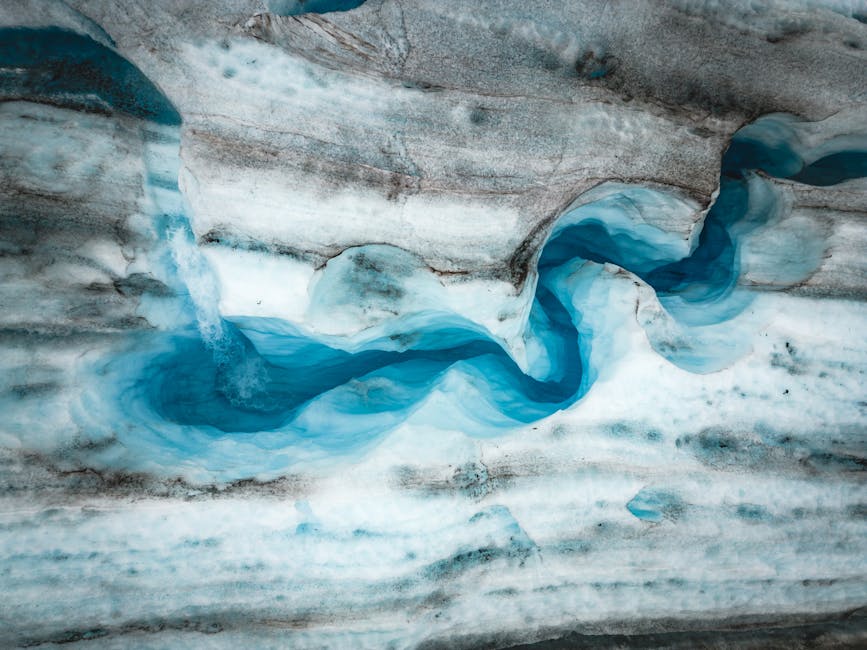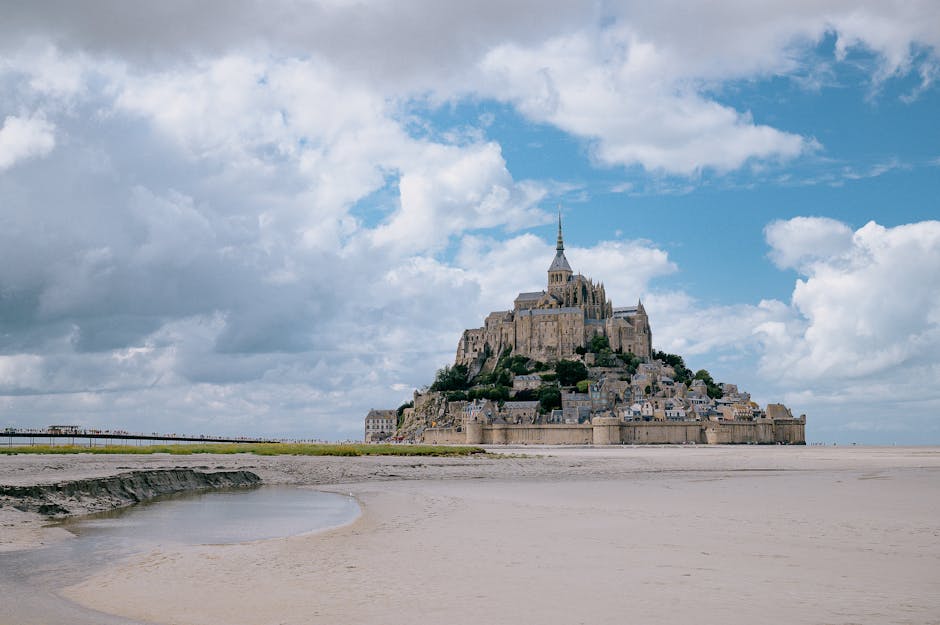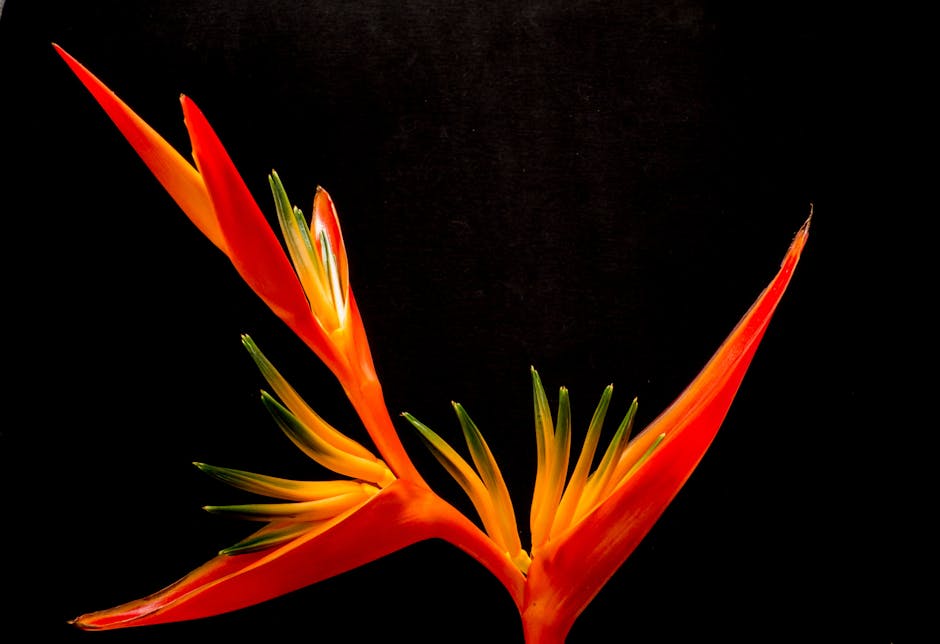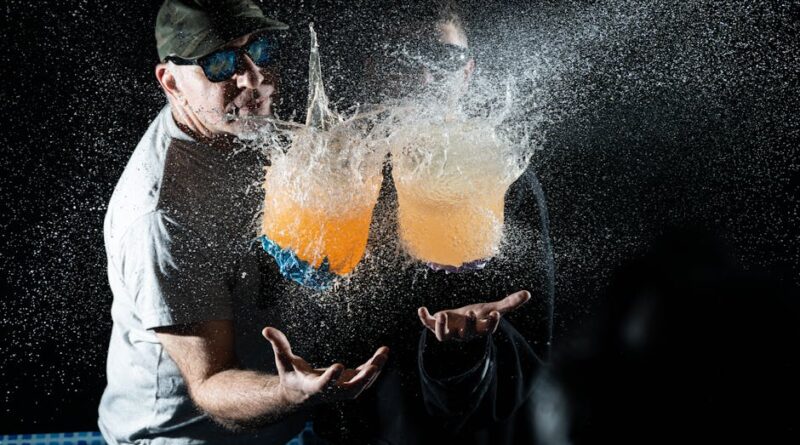Must-Have Filters for Stunning Photography
Have you ever looked at a stunning photograph and wondered how the photographer achieved that breathtaking look? One of the secrets lies in using filters! Filters can transform ordinary shots into extraordinary images. In this article, we will explore must-have filters for stunning photography and how they can elevate your skills.
What Are Photography Filters?

Photography filters are pieces of glass or optical materials placed in front of your camera lens. They change the way light enters the camera, allowing you to control the final look of your images. Filters can enhance colors, reduce glare, or even create special effects.
Think of filters like sunglasses for your camera. Just as sunglasses can change how you see the world, filters shape how your camera captures it. Lets dive into the different types of filters that every photographer should consider.
Which Filters Should You Consider?

Not all filters are created equal. Here are the most popular filters that can help you capture stunning images:
- Polarizing Filter
- Neutral Density (ND) Filter
- UV Filter
- Infrared Filter
- Color Filter
Each of these filters has its own unique benefits. Lets break them down.
What Does a Polarizing Filter Do?

A polarizing filter is a game-changer for outdoor photography. It reduces reflections and glare from surfaces like water and glass. This means you can capture clearer skies and more vibrant colors.
For example, if you’re photographing a lake, a polarizing filter can help you see through the water’s surface. This allows you to capture the details beneath, like rocks or plants. It also makes clouds pop against a blue sky. Who doesn’t love a dramatic sky in their photos?
How Does a Neutral Density Filter Work?

Neutral Density (ND) filters are perfect for controlling exposure. They reduce the amount of light entering the lens without changing the colors. This is great for shooting in bright conditions.
Imagine you want to capture a waterfall but want that silky effect on the water. An ND filter allows you to use a slower shutter speed. This way, you can create that dreamy look, even on a sunny day.
Why Use a UV Filter?
UV filters were once used to block ultraviolet light, which could harm film. Today, most digital cameras don’t need them for this purpose. However, they still serve a purpose as lens protection. They shield your lens from scratches, dust, and moisture.
Think of a UV filter as a protective shield. If you accidentally drop your camera or bump it against something, the filter can take the hit instead of your lens!
What Is an Infrared Filter?
Infrared filters let you capture images in a way that the human eye cannot see. They block visible light while allowing infrared light to pass through. This creates unique effects, especially in landscapes.
Have you ever seen a photo with bright white trees and dark skies? that’s the magic of infrared photography! It transforms ordinary scenes into dreamlike images.
How Do Color Filters Enhance Images?
Color filters are often used in black-and-white photography. They change how colors translate into shades of gray. For example, red filters darken skies and make clouds stand out, while yellow filters can brighten skin tones.
Think of color filters as mood creators. They can change the feel of your photos dramatically. If you want a classic, moody look, experimenting with color filters can be a fun way to achieve that.
When Should I Use These Filters?
Knowing when to use each filter can make a big difference in your photography. Here are some tips:
- Use a polarizing filter for landscapes and outdoor shots.
- Choose an ND filter for long exposure shots, like waterfalls or city lights at night.
- Consider a UV filter for everyday lens protection.
- Try an infrared filter for creative and artistic photography.
- Utilize color filters to change the mood of black-and-white photos.
Always remember, the key to stunning photography is practice. don’t be afraid to experiment with different filters and see how they change your images!
Are There Any Common Misconceptions?
Yes, there are a few common myths about photography filters:
- Myth: Filters reduce image quality.
Fact: When used correctly, filters can enhance image quality. - Myth: You only need one filter for all situations.
Fact: Different filters serve different purposes. - Myth: Filters are only for professionals.
Fact: Anyone can use filters to improve their photography!
Understanding these misconceptions can help you make informed choices about your gear.
What Are the Best Brands for Photography Filters?
When choosing filters, quality matters. Here are some reputable brands you might consider:
- Hoya
- B+W
- Tiffen
- Lee Filters
- Singh-Ray
These brands offer a range of filters that can suit different budgets and needs. Always look for high-quality glass and good construction to ensure the best results.
How Do I Care for My Filters?
Taking care of your filters is crucial for maintaining their quality. Here are some simple tips:
- Always use a lens cloth to clean them.
- Store them in a protective case when not in use.
- Avoid touching the glass with your fingers.
- Check for scratches or damage regularly.
Proper care will keep your filters in top shape, ready for your next adventure.
How Can I Get Started with Photography Filters?
Getting started with filters is easy! Here are some actionable steps:
- Choose a filter based on your photography style.
- Invest in a good quality filter from a trusted brand.
- Practice using the filter in different settings.
- Experiment with different types of filters to see what works best for you.
don’t hesitate to explore! Each filter offers a new world of possibilities, and the best way to learn is by trying.
Conclusion: Unlock Your Photography Potential
Filters can dramatically enhance your photography. Whether you’re looking to reduce glare, control light, or create stunning effects, theres a filter out there for you. With a bit of practice, youll see your skills grow.
So, grab your camera, invest in a few must-have filters, and start experimenting! Who knows? You might just capture the next breathtaking photo.
For more tips on enhancing your photography skills, check out our post on Essential Photography Tips for Beginners.



